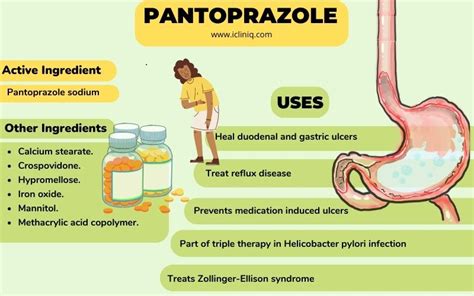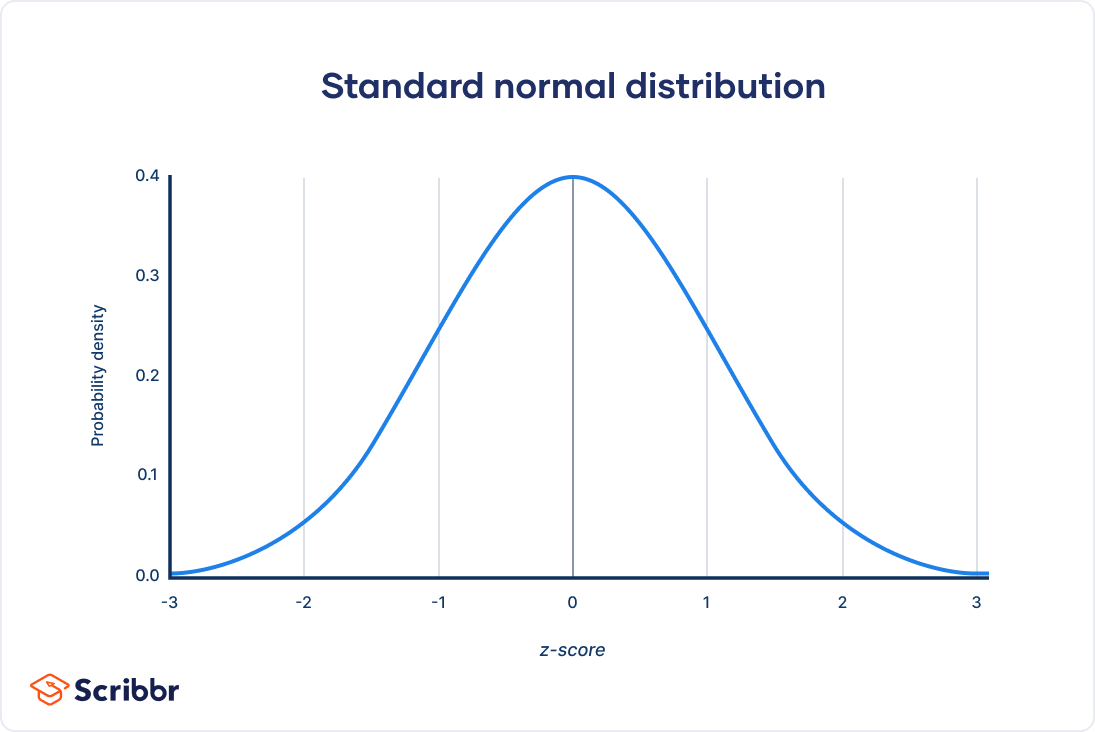Pantoprazole, a proton pump inhibitor (PPI), is a medication widely used to treat various conditions related to excessive stomach acid production. It works by reducing the amount of acid produced in the stomach, thereby alleviating symptoms and preventing complications associated with acid-related disorders. The primary uses of pantoprazole include:
Gastroesophageal Reflux Disease (GERD)
GERD is a condition where stomach acid frequently flows back into the tube connecting the mouth and stomach (esophagus). This backwash (acid reflux) can irritate the lining of the esophagus, causing discomfort. Pantoprazole is used to treat GERD symptoms, such as heartburn and acid reflux, by decreasing the amount of acid the stomach produces.
Zollinger-Ellison Syndrome
This is a rare disorder characterized by one or more tumors (gastrinomas) in the pancreas or upper part of the small intestine (duodenum) that produce excess gastrin, a hormone that stimulates stomach acid production. Pantoprazole helps reduce stomach acid production in patients with Zollinger-Ellison syndrome.
Duodenal Ulcer
Pantoprazole is used to treat duodenal ulcers, which are sores that develop on the inside lining of the duodenum, the first part of the small intestine. Reducing stomach acid helps the ulcers heal.
Gastric Ulcer
Similar to duodenal ulcers, gastric ulcers are sores that develop on the inside lining of the stomach. Pantoprazole helps heal these ulcers by reducing stomach acid.
Erosive Esophagitis
This condition involves the erosion of the esophagus lining due to acid reflux. Pantoprazole can heal the esophagus and prevent further erosion by reducing the amount of acid produced in the stomach.
NSAID-Associated Ulcers
Nonsteroidal anti-inflammatory drugs (NSAIDs) can cause stomach ulcers. Pantoprazole is used to prevent ulcers in patients who are at risk due to long-term NSAID use.
Helicobacter pylori Infection
Pantoprazole is sometimes used in combination with antibiotics to treat infections caused by Helicobacter pylori (H. pylori), a bacteria that can cause stomach ulcers. The reduction in stomach acid produced by pantoprazole allows the stomach lining to heal, making the environment less conducive for the bacteria to thrive, while the antibiotics kill the bacteria.
Other Uses
While not as common, pantoprazole may be prescribed off-label for other conditions characterized by excessive stomach acid, under the guidance of a healthcare provider.
Important Considerations
- Dosage and Administration: The dosage of pantoprazole varies depending on the condition being treated. It is crucial to follow the dosage instructions provided by the healthcare provider.
- Side Effects: Common side effects include headache, diarrhea, nausea, and vomiting. More severe but rare side effects can occur, and patients should be monitored for signs of magnesium deficiency, vitamin B12 deficiency, and increased risk of bone fractures.
- Interactions: Pantoprazole can interact with other medications, including atazanavir, clopidogrel, and mycophenolate mofetil, among others. Patients should inform their healthcare provider about all medications they are taking.
- Pregnancy and Breastfeeding: The safety of pantoprazole during pregnancy and breastfeeding has not been fully established. It should only be used if the benefits outweigh the risks.
In conclusion, pantoprazole is a versatile medication with a range of applications related to reducing stomach acid production. While it is effective in treating various conditions, its use should be guided by a healthcare provider to ensure appropriate dosage, minimize side effects, and avoid harmful interactions with other medications.
What is pantoprazole used for?
+Pantoprazole is used to treat conditions where the stomach produces too much acid, such as gastroesophageal reflux disease (GERD), Zollinger-Ellison syndrome, duodenal and gastric ulcers, and erosive esophagitis.
How does pantoprazole work?
+Pantoprazole works by reducing the amount of acid produced in the stomach, thereby alleviating symptoms and preventing complications associated with acid-related disorders.
What are the common side effects of pantoprazole?
+Common side effects of pantoprazole include headache, diarrhea, nausea, and vomiting. Less common but more severe side effects can occur and should be discussed with a healthcare provider.
Can pantoprazole interact with other medications?
+Yes, pantoprazole can interact with other medications. It is essential to inform your healthcare provider about all the medications you are taking to avoid harmful interactions.
Is pantoprazole safe during pregnancy and breastfeeding?
+The safety of pantoprazole during pregnancy and breastfeeding has not been fully established. It should be used only if the benefits outweigh the risks, under the guidance of a healthcare provider.



